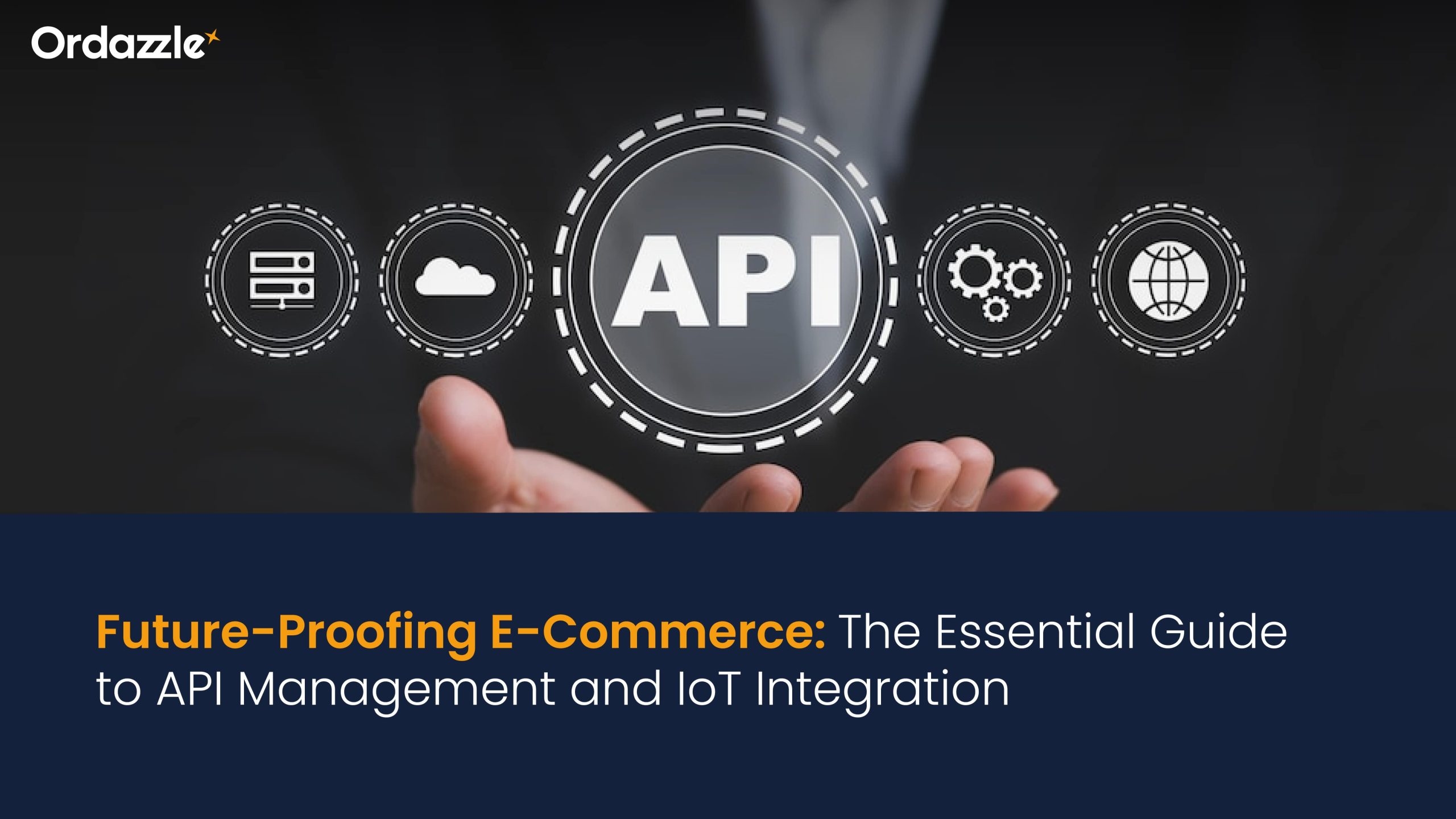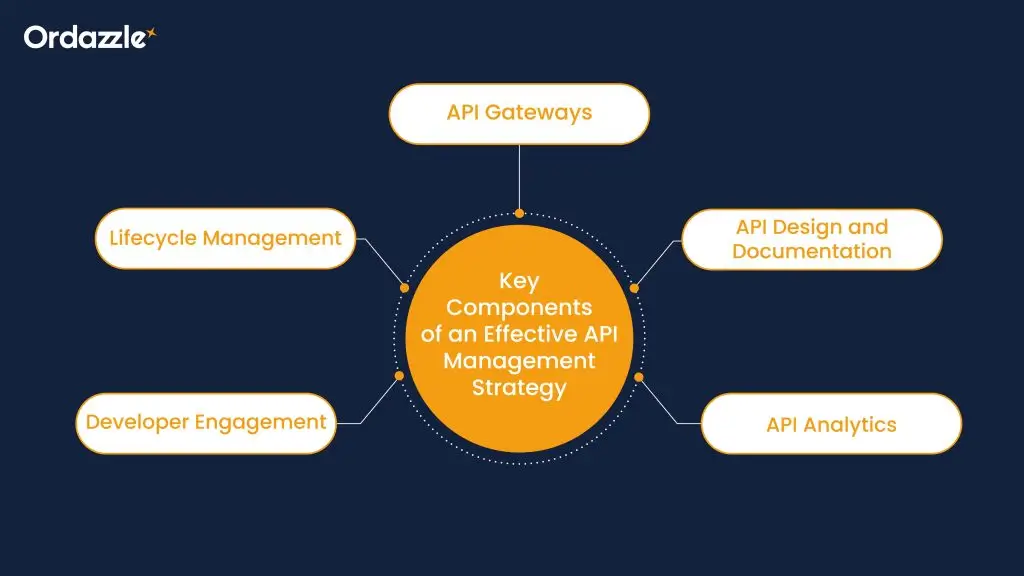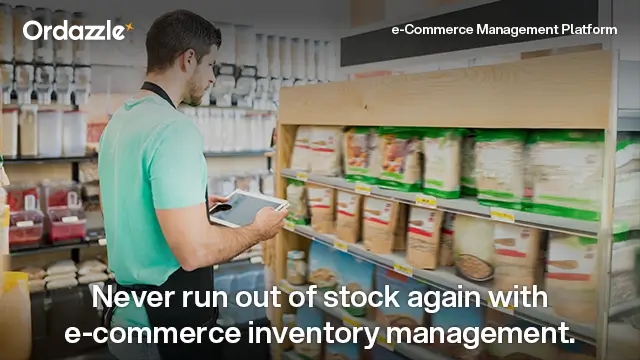The Role of API Management in an IoT-Driven E-Commerce Strategy: What Businesses Need to Know

Over the last two decades, the e-commerce industry has been both expanding and transforming, weaving an intricate network where software, hardware, and data intersect to meet the ever-evolving customer needs, give them the best shopping experience, and gain a competitive edge.
At the heart of this transformative wave sits the synergy between Web APIs (Application Programming Interfaces) and the Internet of Things (IoT), which heralds unparalleled opportunities for e-commerce. This fusion has paved the way for a seamless, interconnected customer journey.But there’s a challenge: with so many devices and APIs talking to each other around the world, it’s hard to keep track of them all and make sure they’re working right. That’s where a strong API management system comes in.
This article will explain why this system is so important in today’s IoT-filled world and how businesses can use it to stay ahead.
Understanding the Interplay Between IoT and APIs
The world of e-commerce is ever-evolving. The growing convergence of the digital and physical domains of the Internet of Things (IoT) has allowed e-commerce companies to obtain important insights into customer preferences, hence improving customization.
Interconnected IoT devices rely on APIs to communicate with each other and with central servers. APIs act as the bridge that allows different IoT-driven applications to communicate with each other. They are the connectors that enable seamless integration between diverse systems. With such e-commerce API integration, businesses can build a more dynamic, user-centric shopping experience.
However, as the number of IoT devices escalates, so does the complexity of these interactions. With proper management, the API landscape can become a smooth web, leading to inefficiencies, security vulnerabilities, and a better user experience. We need a robust management system that creates, maintains, and ensures the optimal performance of these APIs.
The Necessity of API Management in the E-commerce Sector
From managing inventory in real-time based on data from IoT sensors in warehouses to automating order processing by integrating with IoT-enabled transportation systems, the possibilities with efficient API supervision are vast and game-changing.
It ensures that the communications between all the devices are smooth and secure, and data from IoT devices can be swiftly and securely integrated into various systems, be it for analytics, operations, or e-commerce management.
Here are a few more advantages of having a robust Management system:
Scalability
The infrastructure needs to be able to grow with the number of IoT devices that organizations add as they get bigger. This is made more accessible by a management system like this, which allows you to deal with a rising volume of API calls while maintaining system performance under heavy loads.
Security
IoT devices are appealing targets for attackers because they frequently gather sensitive data. Strong authentication, authorization, encryption, and threat detection tools are essential for effective API monitoring to prevent breaches.
Interoperability
IoT encompasses many systems and devices, some of which may use unique standards and protocols. API management tools can provide translation and orchestration layers to ensure seamless communication between disparate systems.
Data Management
IoT devices create enormous amounts of data. Application programming interface management systems aid in the collection, preservation, and analysis of this data and offer helpful business insights.
Regulatory Compliance
Application programming interface management solutions can assist firms in remaining compliant with the strict data privacy standards imposed by legislation such as the CCPA and GDPR. These solutions track the collection, storage, and sharing of data.
Efficient Operations:
APIs that are properly maintained minimize downtime and guarantee that the abundance of data from the Internet of Things devices is absorbed effectively, enabling e-commerce companies to operate more smoothly.
Enhanced User Experience:
Businesses may provide their customers a flawless shopping experience by providing real-time access to well-managed data and insights through efficient API management.
Key Components of an Effective API Management Strategy

API Gateways
The hub for managing microservices, centralizing access control, enhancing data flow, and guaranteeing security is an API gateway. E-commerce platforms can grow effectively and safely in a complicated digital marketplace because they simplify processes, improve user experiences, and ease compliance.
API Design and Documentation
Successful IoT integrations require well-designed APIs. To make sure APIs are user-friendly and in line with business objectives, application programming interface management should contain tools for creating, testing, and documenting APIs.
API Analytics
It is essential to comprehend API usage patterns to maximize performance and spot any problems. Data-driven choices and better service delivery can result from using analytics tools in API management tools, which can better track user activity, optimize customer journeys, and spot abnormalities to boost security.
Developer Engagement
If APIs are simple to use, they have a higher chance of being adopted. Developer involvement should be facilitated via application programming interface management via support forums, developer portals, and well-documented APIs.
Lifecycle Management
Over time, APIs change, and it’s important to properly manage their lifespan to prevent disruptions to the services that depend on them. Version control, testing, and API retirement strategies are all part of application programming interface management.
Challenges and Considerations
E-commerce API integration, augmented by the Internet of Things (IoT), offers unparalleled opportunities for growth and customer engagement. However, it comes with a spectrum of complexities and considerations. Here’s an outline of what e-commerce businesses should keep in focus:
Complexity and Scalability:
Integrating a myriad of devices and systems brings about significant complexity. It’s essential to deploy scalable and flexible solutions that adapt to an ever-evolving technological landscape.
Security Vulnerabilities
IoT devices can present security challenges. It’s critical to fortify APIs, which are the conduits of data exchange, with robust authentication and employ API gateways for additional security layers.
Complex Integrations
The IoT realm includes diverse devices with unique standards and protocols. Emphasizing standardized API management is key. When necessary, utilize middleware that can mediate between disparate device languages.
Data Management
The deluge of data from IoT sources necessitates sophisticated analytics and machine learning tools to distill actionable insights, steering clear information overload while enhancing e-commerce strategies.
Real-Time Data Exchange
The demand for real-time data necessitates APIs with minimal latency. Optimizing backend infrastructure and leveraging edge computing can help meet these stringent requirements.
Regulatory Compliance
E-commerce transactions involve sensitive data. Thus, adherence to data protection regulations like GDPR or CCPA is paramount. Staying abreast of compliance standards and implementing solid data governance is non-negotiable.
Data Sovereignty:
With a global IoT footprint, local data laws come into play. Ensuring API management aligns with data sovereignty demands is critical for international operations.
Maintenance and Agile Evolution:
Technology’s rapid pace requires APIs to be regularly updated and evolved. An agile development approach and API versioning allow compatibility with both legacy and cutting-edge devices.
Cost Implications:
Lastly, the investment in a robust application programming interface management system must be weighed against the expected ROI. Cost-effective solutions that maintain functionality and compliance are vital.
In essence, by proactively addressing these challenges—scalability, security, integration, data management, latency, compliance, data sovereignty, maintenance, and cost—businesses can not only effectively traverse the complex IoT landscape but also fully leverage its potential to deliver superior customer experiences and streamlined e-commerce management.
Conclusion
The convergence of Web APIs and IoT is reshaping e-commerce into an integrated, tech-forward domain where AR and voice commerce are becoming staples. For businesses targeting leadership in this evolving space, investing in robust application programming interface management is key to delivering a seamless and enriched consumer experience.
One of the leading providers of exceptional e-commerce systems, Ordazzle sets the standard in e-commerce with its advanced API integration and management solutions that bolster secure, scalable interactions, enabling businesses to thrive and refine their operations. As a cloud-native platform, it’s engineered to dovetail with various systems, propelling your e-commerce business into a future where digital and physical retail converge seamlessly.
Connect with our experts today to enhance your e-commerce strategy with cutting-edge API management.


